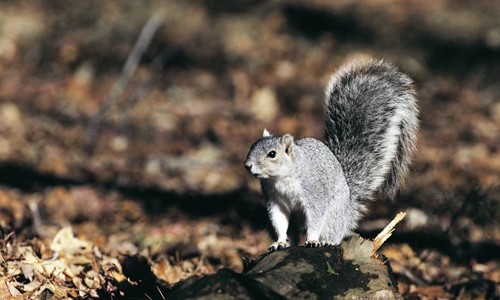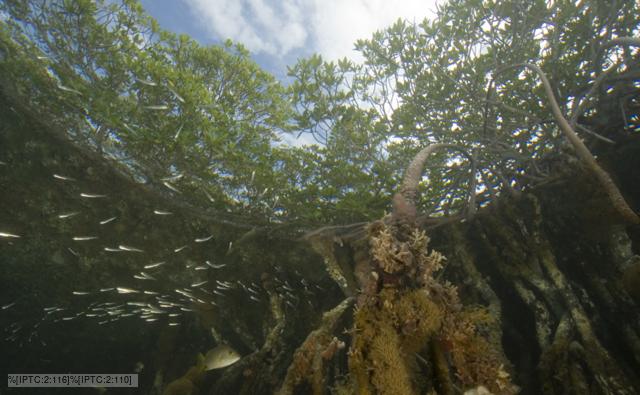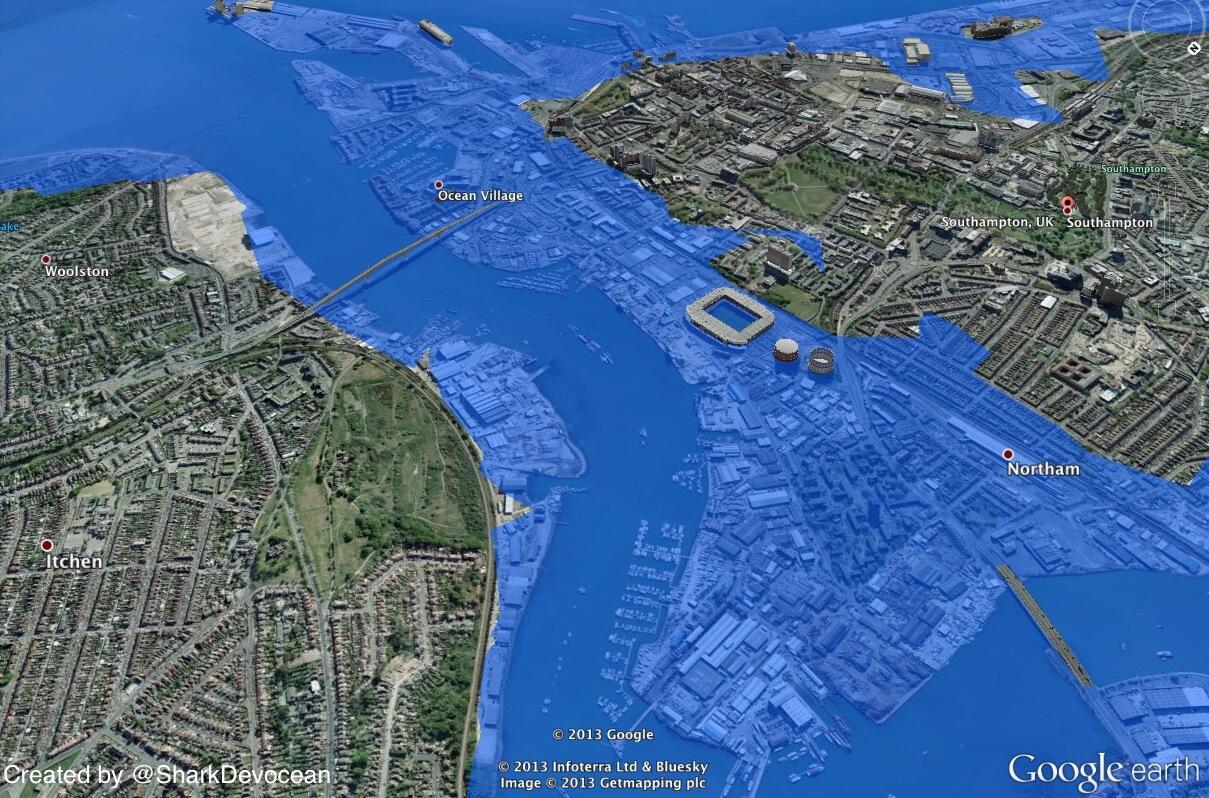 |
Vibrant Coral Reef
Source: Guardian, Photography: Mark Conlin/Alamy |
Coral reefs are beautiful and dynamic ecosystems that provide critical resources for marine diversity as well as a source of recreational activities, making them vital to the viability of coastal communities. As well as economic and aesthetic services they also provide protection from storm waves, act as habitats and nurseries for fish species and produce sand for the development of beaches.
 |
To create a global view of coral reefs, over 1700 images (red boxes) from the Landsat 7 spacecraft were collected for the Millennium Coral Reef Mapping Project.
Source: NASA |
Coral reef development is a very long process and can take thousands of years. As marine organisms with calcium carbonate skeletons die their skeletons break down and become calcium carbonate sediments. These sediments fill in the framework of the reef and cement together constructing a foundation upon which the reef grows upwards and outwards.
 |
Formation of the 3D structure of coral reefs
|
Due to their selective environmental requirements these reefs are at risk during periods of changing ocean conditions, such as the present. The number of threats to these coral reefs has increased substantially in the past few decades due to the increasing levels of atmospheric carbon dioxide and the onset of anthropogenic climate change, leading to changes in marine environments
(Kleypas, 1999). The most important of these in regards to coral reefs are ocean acidification, increasing sea surface temperature AND sea level rise.
It was first thought that sea level rise wouldn't pose that great of a threat to coral reef communities, at least in the shorter term. This was because the rate of modern sea level rise was previously slower than coral reef growth rates, and that they could therefore 'keep up' with increasing sea levels. This rate of sea level rise has increased substantially in recent years due to increasing inputs from continental ice sheets
(Milne, 2009) and our improving understanding of ice sheet dynamics.
However it has been said that healthy shallow water corals may still be able to grow at rates such that they manage to keep up with modern sea level rise and colonise new areas. The key word here is 'healthy', whilst coral reefs under no other major stresses may be able to grow fast enough to escape the oncoming tides, reefs already suffering and dwindling due to increased acid levels, temperature and anthropogenic influences are far from at their optimum conditions and their growth may be inhibited well below natural levels.
If the rate of sea level rise does exceed coral growth rate then they, specifically those with large terrestrial sediment sources in close proximity, will be put at greater risk from enhanced sedimentation rates and turbidity, both being major stresses to coral reefs (
Pandolfi et.al, 2003;
Fabricius, 2005). A rise in sea level of just 0.2 meters (at the lower end of predictions for this century) has the potential to increase turbidity through two mechanisms:
- Increased resuspension of fine sediment.
- Increased coastal erosion and subsequent input of sediment able to be transported to the reef flats. (Field et.al, 2011)
 |
Effects of projected sea level rise on coral reefs
Source: SPC |
Deeper bottom dwelling reefs will be especially affected as the level of sunlight penetration to such depths is reduced. Corals rely on a symbiotic relationship with algae as their main food source, as the light levels drop in deeper water, this symbiotic algae cannot produce enough food for themselves and the coral. As a result the coral is supplied less food, and is therefore less able to catch enough nutrients (phosphates, nitrates and proteins) from other sources to keep the algae properly fed. The symbiotic relationship therefore fails as they can no longer sustain each other.
All may not be lost however, as sea levels rise so does the area of habitats available for branching coral reefs. Coral reef growth itself is inhibited by declining or static sea levels, so as long as these levels don't rise too quickly it could be seen as a positive thing for the future of corals.
Looking at it from another point of view, rising sea levels are not the major threat to coral reefs at present. The other consequences of climate change such as the warming of sea surface temperatures and anthropological interferences can be thought of being the more pressing issues to be addressed when thinking about the future of corals.





















